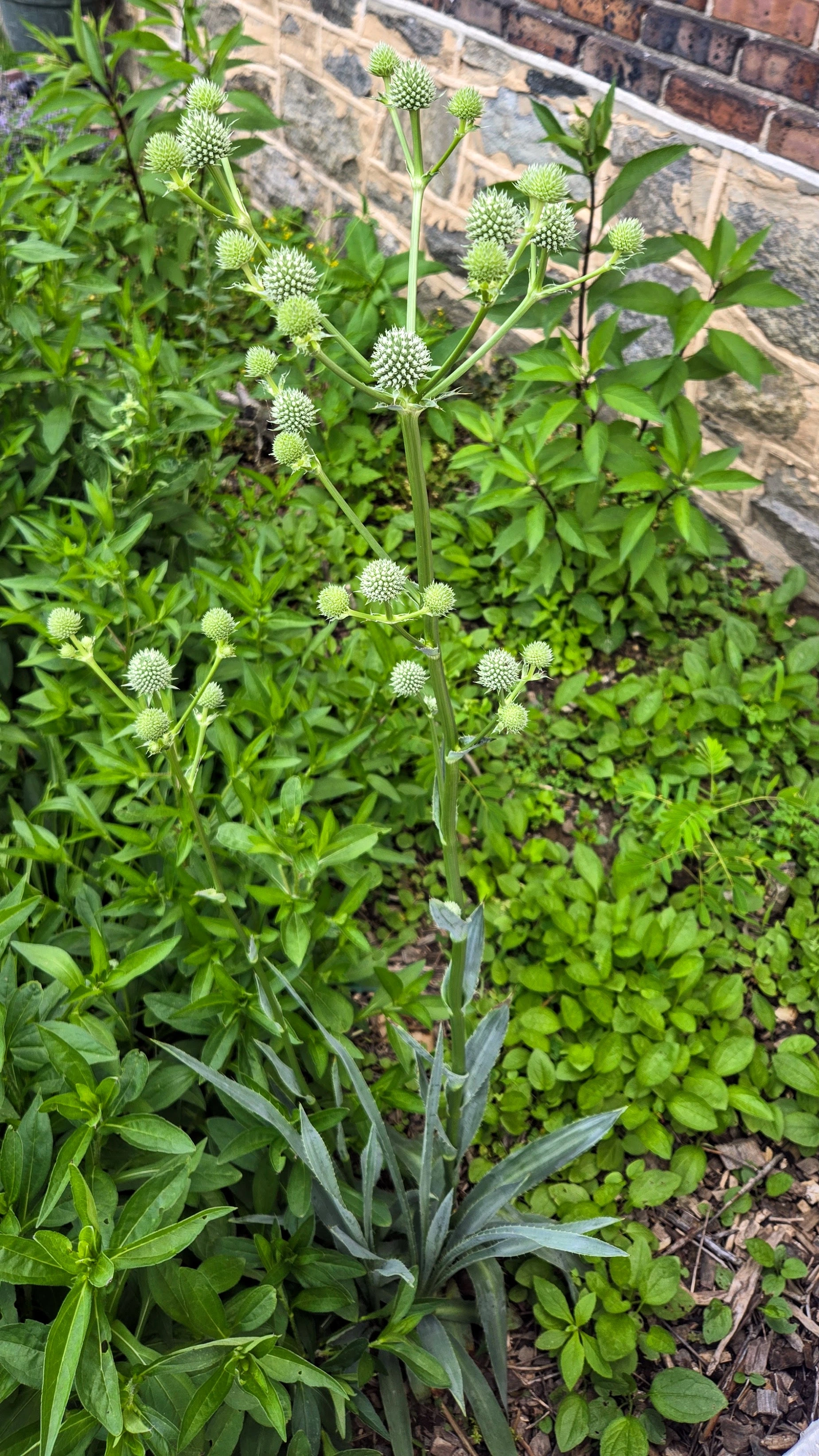Do y'all have a community for socialism on this instance? I miss the veganarchism subreddit so much :(
Much obliged 🌻
The local cottontail raised her litter in my yard and the family didn't care for them, other than using them as a hangout spot. They did eat all the Virginia spiderwort and there's a bunch of violet stems around with no leaves, but mostly they stick to the plantains (Plantago sp.) in the lawn.
I had no idea deer lived in the city until I started doing this. Sometimes I'll catch one sleeping in my backyard which is a surreal sight. They munched the sunchokes, hazelnut, and chokeberry to the ground, but all are bouncing back.
Most of the flowers are divisions of plants, some volunteers and others I got as plugs in summer 2022. I decided to start small and expand over time. The coneflower was four plants last spring which I divided into 12, then into about 30 this spring. Rose milkweed and late boneset are just as prolific.
I have spread some seeds around and others have blown in. The groundcover in the second photo is all volunteer.
The mulch was leftover from a chipdrop. I used it to make the beds look "intentional" when everything was sparse and muddy back in February :) The plan is for everything to grow so dense that I won't need to mulch it again.
Around here, it's spotted lanternflies. The almost glee some have for squashing them is disheartening. I get why they do it, believe me, but I've encountered little to no zoomed out perspective that these little dudes didn't choose to be here.
To really go off the deep end... the spotted lanternfly's favorite tree, Ailanthus altissima, is just trying to do what its ancestors have done for millennia. Not saying these trees shouldn't be removed, but they also didn't choose to be here.
Of these things we speak venom and deem trash. Though, this attitude seems pervasive in how western culture treats the other in general.
They don’t want most of the crap people plant trying to be Eco friendly anyways or so the landscape architect told me.
The research of entomologist, Dr. Doug Tallamy, and his team at the University of Delaware have identified 14% of native plants (the keystones) support 90% of butterfly and moth lepidoptera species. The research of horticulturist Jarrod Fowler has shown that 15% to 60% of North American native bee species are pollen specialists who only eat pollen from 40% of native plants.
Dense plantings help keep it at bay. For flowers and grasses, cut in half the recommended plant spacing that you'll find on gardening sites.
I have orange coneflower bordering a pocket prairie, planted one foot apart (center of plant to center of plant). Bermuda grass grows around the edge, but rarely enters it.
It is done :)
I don't mind teaming up if you're still interested, it'd be nice to have some help.
Neat! No problem, thank y'all for all you do :)


🥳